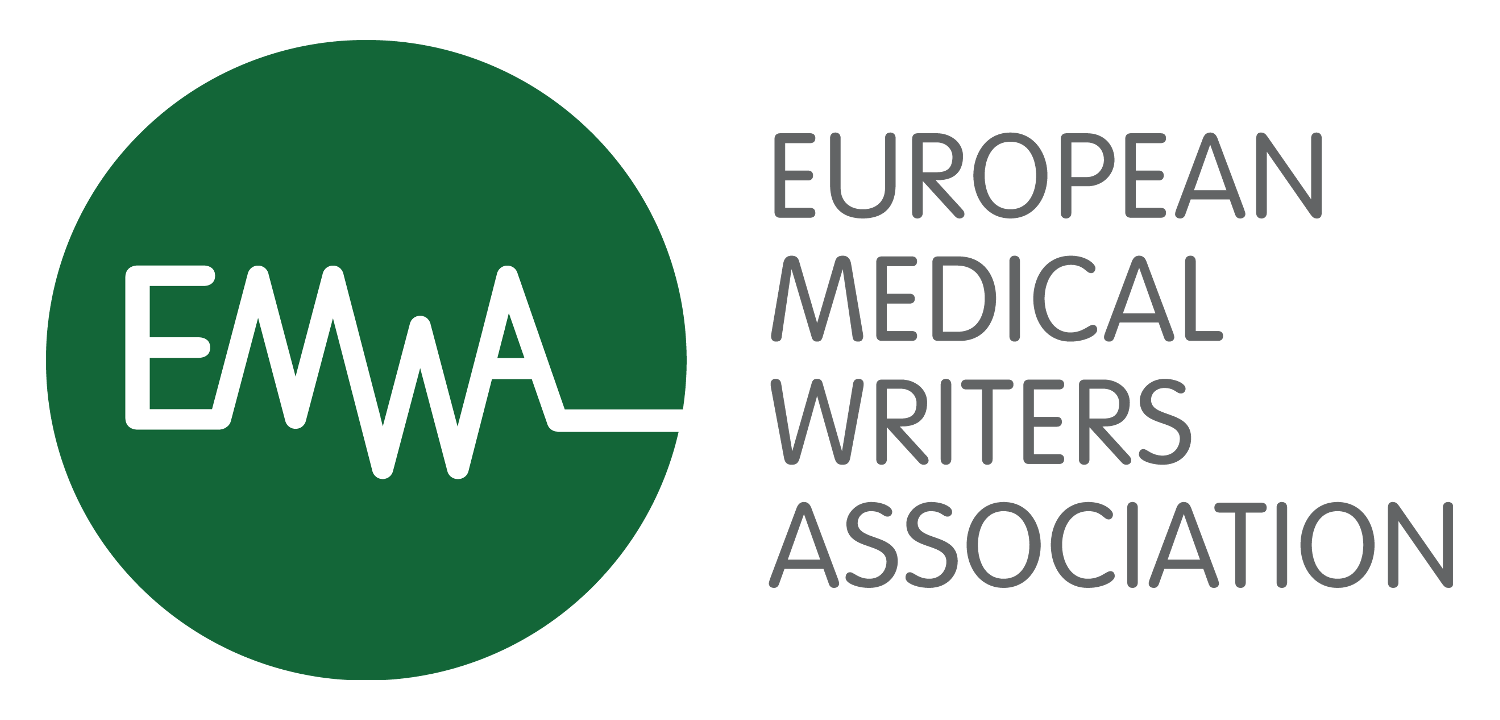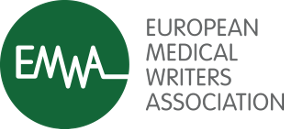Designing for Patients: Visual Aids to Communicate Leukaemia/Cancer Treatment Plans
2:25 PM - 2:50 PM
Understandable patient information is important for consent, adherence to therapy, and positive health outcomes and is thus a foundation for high-quality care. Literacy and numeracy gaps, as well as cognitive decline in elderly patients, are some of the challenges in effectively communicating health decisions in cancer therapies. Consent forms and verbal communication are frequently too complex, and patients remember information only partially, adding emotional to the physical stress. These issues are especially evident with patients undergoing complex and long-term treatments, as is the case for many haematologic diseases. Despite their advantages in overcoming communication gaps, visual aids are underutilised in healthcare communication. Here, we evaluated visual aids as a promising solution to enhance comprehension of therapy plans. Using a survey, we demonstrated that visual treatment plans significantly improve comprehension and increase a sense of security, offering a promising approach to enhance retention of information. We also show that the visual elements in treatment plans are understandable to participants. And finally, our clinical feasibility trial provides evidence that visual treatment plans are helpful and a positive supplement to consultations with patients as well as attending physicians. Importantly, they also helped patients answer content questions and memorise information long-term. Our analysis provides first data that complementing consultations with visual treatment plans may enhance patients' understanding and thus contribute to improved healthcare equity and patient outcomes.


